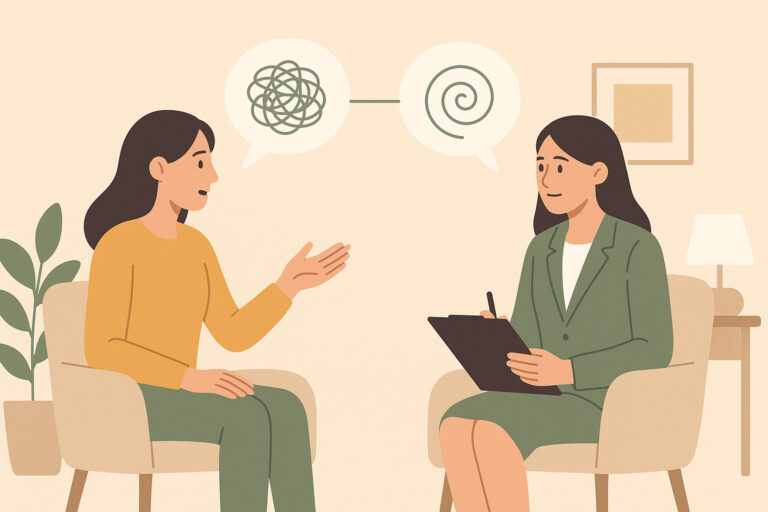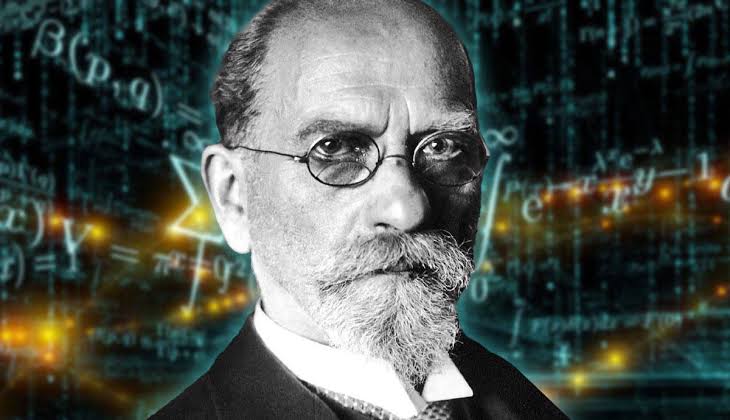Therapeutic experiments in Gestalt therapy
The Gestalt therapist adopts an open stance toward the patient, acknowledging they do not truly know what the individual entering their office needs. The therapist’s role is to continuously enhance the client’s awareness of their own experience through spoken language, body language, and therapeutic experiments (Skottun and Kruger, 2023). Experimentation, a fundamental element of Gestalt therapy, naturally integrates into the therapeutic process.
Gestalt therapy is considered to have emerged in the 1950s, emphasizing patients’ subjective experiences, the exploration of self-expression, and individuality (Salonia, 2016). The approach was pioneered by German psychiatrist and psychotherapist Fritz Perls, along with collaborators Paul Goodman, Ralph Hefferline, and his wife Laura Posner. Together, they compiled and published a two-volume manual containing notes and reflections from 1933–1946 during their time in South Africa. This book remains a cornerstone of Gestalt therapy, providing a theoretical framework and reference point. However, the approach to experiments and the experiments themselves have continued to evolve. A division into three phases is proposed. The first involves Perls’ own experiments rooted in post-war cultural realities and his psychoanalytic experiences. The second refers to contemporary Gestalt therapists, while the third phase, Carmen Vázquez Bandín’s postmodernity, integrates precisely structured exercises into the process of self-development, offering a unique blend of Gestalt theory and practice.
The Role of Experiments in the Early Phase of Gestalt Therapy
Perls drew inspiration for his therapeutic experiments primarily from body-mind exercises proposed by Austrian psychotherapist Wilhelm Reich, with whom he had contact before the war. Reich identified a functional relationship between character, emotional blocks, and bodily tendencies, referring to this phenomenon as character armor. He believed this armor represented a defense mechanism encapsulating childhood traumas, particularly linked to the Oedipus complex, which were developmental sources of neuroses. According to Reich, life-energy impulses became trapped in the body’s muscular armor and were better expressed outwardly than internally processed. Dissolving this armor aimed to restore the memory of repressions that caused emotional blocks visible in the body. Reich developed vegetotherapy, a method combining deep body massage with conversations during which patients could vocalize their pain during moments of distress. He theorized that muscular tensions led to psychological, physical, and social issues. Building on Reich’s ideas, Perls developed “concentration exercises” used during sessions in Johannesburg to enhance patients’ sensory awareness. He also incorporated elements of Jacob Moreno’s psychodrama (role-playing) and bodywork from Dalcroze therapy.

Perls referred to his early interventions as exercises aimed at integrating patients’ rigid polarities. Drawing from his childhood experiences with conflicting self-opinions influenced by an authoritarian father and an overly supportive mother, he observed the tension between two opposing forces in everyone’s life, which he termed topdog (strength) and underdog (weakness). To relieve patients’ suffering, Gestalt therapists might invite them to embody these polarities and observe their reactions, thereby integrating opposites (Gunther, 2016). One commonly employed experiment involved having patients transform into different people or objects and then return to themselves or move imaginatively between here and there. Similarly, Perls experimented with dreams, encouraging patients to relive dreams as if happening in the present rather than analyzing their components. This approach treated every person, object, and element in a dream as an unassimilated experience. Adopting different roles within dreams helped confront and integrate incomplete Gestalts.
In his later years (1963–1969), while living and working at the Esalen Institute in California, Perls popularized the use of the projection chair for therapeutic demonstrations. This method facilitated conversations between patients and individuals toward whom they felt resentment, helping them recognize their own role in conflicts and potentially transform feelings of hostility into gratitude or acknowledge relational impasses.
Carmen Vázquez Bandín’s Innovative Therapeutic Approach
Contemporary Gestalt therapists often employ Kurt Lewin’s “action research” model, a process involving problem identification, plan formulation (hypothesis regarding the issue), action (experiment), data collection, and reflection on observations (van Baalen, 2014). Proposed experiments typically take forms such as mindfulness practices, role-playing, chair work, visualization, and various movement techniques (Skottun and Kruger, 2023). Mindfulness experiments involve mirroring patients’ movements, words, or gestures and amplifying them to draw their attention to their behavior. Role-playing helps patients gain insights into themselves and others in their lives. Chair work continues to be used to explore internal conflicts or interpersonal contradictions. Visualization and dream work assist patients in confronting their beliefs and fantasies about their past or future (Kolmannskog, 2018). Gestalt therapy authors emphasize that experiments must be tailored to the unique situation co-created by the therapist and the client, with creativity and imagination limited only by fear and resistance (Skottun and Kruger, 2023).
The therapeutic style of Carmen Vázquez Bandín, partially influenced by Laura Perls, stands out for its innovative characteristics:
- Focus on patients’ resources and profound multidimensional support, rejecting frustration.
- A shift from predictable exercises to unpredictable, relationally co-created therapeutic experiments based on patients’ rigid Gestalts.
- Experiments aimed at revisiting developmental stages and addressing inadequately developed self-capabilities.





